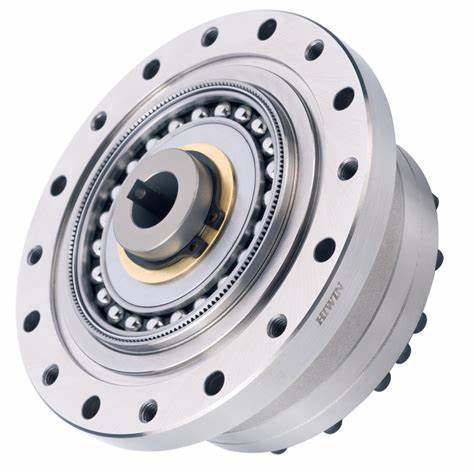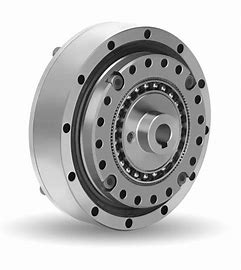Negotiated Clients
Price and Profit
Expected Quantity
- SRAM
- Ananda
- 1800RMB
- 30%
- Ramp up over three years
- 300,000 units
It is expected that the annual output value will reach 540 million yuan in three years.
The required investment is 50 million RMB.
Proposal Introduction
Application Principle
The internal-external double rigid gear harmonic drive operates on the principle of harmonic transmission, consisting of three core components: wave generator, flexspline, and double rigid gears.
1. Flexspline Deformation Drive
When the wave generator (elliptical cam or eccentric bearing) is inserted into the flexspline’s inner bore, it elastically deforms the flexspline into an ellipse: teeth at the major axis ends fully mesh with rigid gears. In contrast, those at the minor axis ends disengage completely.
2. Speed Reduction via Tooth Count Difference
The flexspline has 1–2 fewer teeth than rigid gears. As the wave generator rotates, the flexspline’s deformation shifts, causing sequential meshing-in, full meshing, meshing-out, and disengagement with rigid gears, creating a phase-difference motion. Due to the tooth count difference, each wave generator rotation produces only a small relative rotation of the flexspline, achieving speed reduction.

3. Advantages of Double Rigid Gear Structure
The dual rigid gears mesh with different flexspline sections to form a multi-stage drive, offering:
- Increased Meshing Teeth: Boosts torque capacity and efficiency via more simultaneous tooth engagement.
- Load Distribution: Reduces flexspline deformation by sharing loads, enhancing transmission stiffness, and positioning accuracy.
Working Process

3. Speed Reduction & Power Output
The tooth count difference and resulting phase-difference motion reduce speed while increasing torque. The flexspline (output) transfers this power to Ebike drives (e.g., wheels). Elastic deformation compensates for tooth clearance, enabling smooth, low-noise operation and efficient, precise power transmission.
1. Power Input
The e-bike motor transmits power to the wave generator, driving its rotation.
2. Flexspline Deformation & Meshing
As the wave generator rotates, it elliptically deforms the flexspline, causing its major-axis teeth to mesh with the double rigid gears. Continuous rotation compresses the flexspline between the gears, with both side teeth engaging sequentially; shifting deformation continuously changes the contact area for meshing force transmission.
